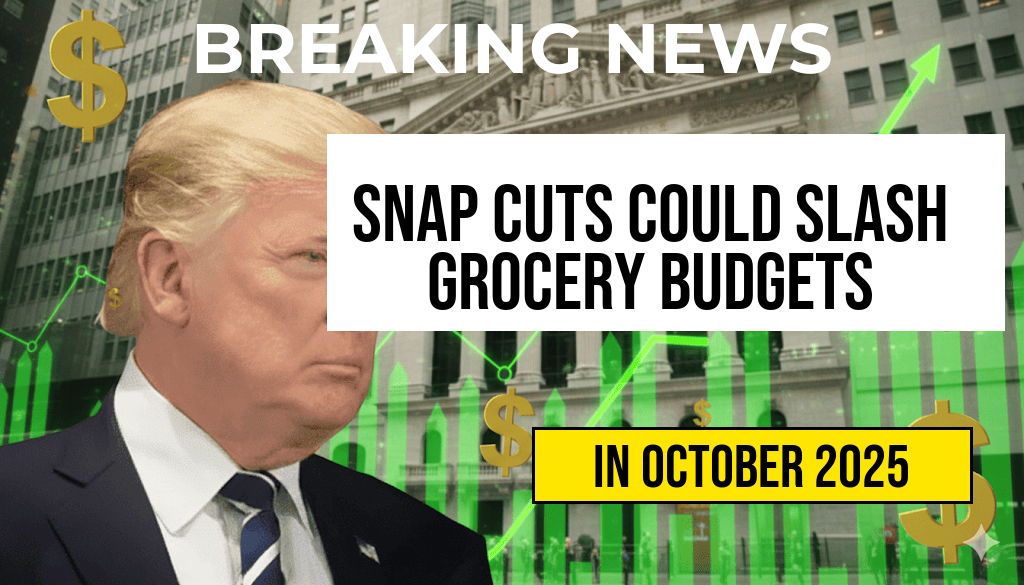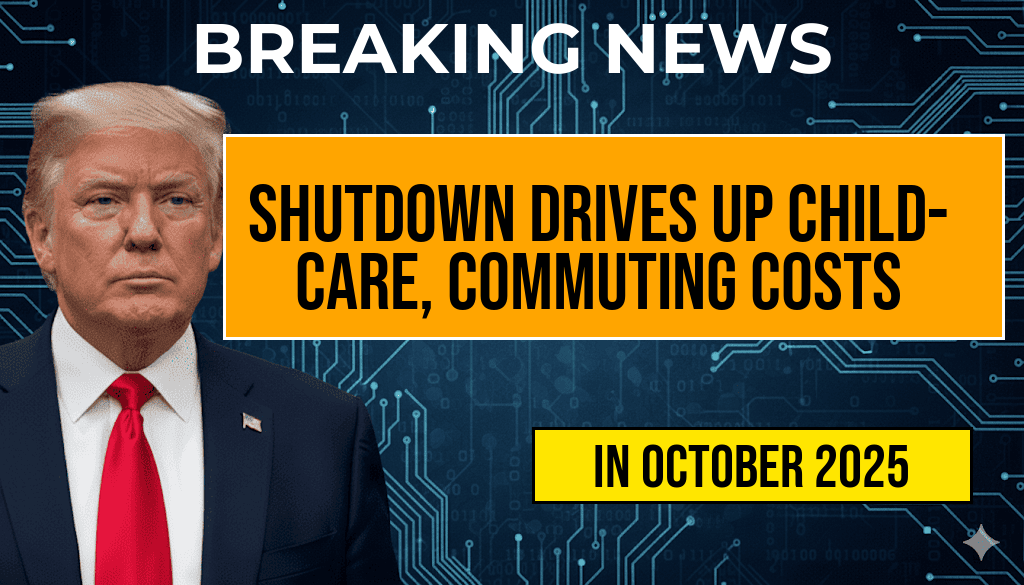As food prices continue to rise, many households are feeling the strain on their budgets. Fortunately, for those eligible, the Supplemental Nutrition Assistance Program (SNAP) provides a vital lifeline. Recent adjustments have allowed some recipients to receive benefits of up to $994 per month, depending on their household size. However, maximizing this increase requires strategic planning and smart shopping. Whether you’re a seasoned SNAP user or new to the program, understanding how to stretch every dollar can significantly impact your grocery budget. Here are practical tips to help you make the most of your SNAP benefits amidst escalating food costs.
Understanding SNAP Benefits
The Supplemental Nutrition Assistance Program offers financial assistance to eligible individuals and families, helping them purchase nutritious food. The benefit amount is determined by various factors, including household size, income, and expenses. As of October 2023, the maximum monthly benefit stands at $994 for a household of four. However, many recipients do not receive the full amount, making it crucial to maximize the benefits available.
Smart Shopping Strategies
To get the most out of your SNAP benefits, consider implementing the following shopping strategies:
- Plan Your Meals: Creating a weekly meal plan can help minimize impulse purchases and reduce food waste. Focus on inexpensive, versatile ingredients that can be used in multiple meals.
- Use Coupons and Discounts: Look for coupons in local newspapers, online platforms, and store flyers. Many grocery stores have loyalty programs that offer additional savings on purchases.
- Buy in Bulk: Purchasing items in bulk can lead to significant savings, especially for staple foods like rice, beans, and pasta. Check local warehouse clubs or bulk food stores for better deals.
Choosing Nutritious, Cost-Effective Foods
When shopping on a budget, it’s essential to prioritize nutrition while staying within financial limits. Here are some affordable food options:
- Fruits and Vegetables: Fresh produce can be costly, but buying seasonal fruits and vegetables or choosing frozen options can be more economical. Consider visiting local farmers’ markets for competitive prices.
- Proteins: Incorporate affordable protein sources such as legumes, eggs, and canned tuna. These options are often less expensive than fresh meat and can be just as nutritious.
- Whole Grains: Opt for whole grains like oats, brown rice, and whole wheat pasta. These foods are filling and provide essential nutrients.
Utilizing Community Resources
Many communities offer resources that can help SNAP recipients stretch their benefits even further. Consider the following:
- Food Banks and Pantries: Local food banks can provide supplementary food assistance, allowing you to allocate more of your SNAP benefits to other necessities.
- Nutritional Programs: Look for programs that offer cooking classes or nutrition education, which can help you make healthier choices while maximizing the use of your SNAP benefits.
Tracking Your Expenses
Keeping a detailed record of your grocery spending can help you identify areas for improvement. Consider the following methods:
- Use Budgeting Apps: Numerous apps are available that can help you track your grocery expenses, categorize purchases, and provide insights into your spending habits.
- Maintain a Shopping Diary: By writing down what you purchase and how much you spend, you can pinpoint trends and adjust your shopping habits accordingly.
Maximizing Your SNAP Benefits
To effectively stretch your SNAP benefits, it’s crucial to stay informed about the program and its updates. Regularly check for any changes in eligibility, benefit amounts, and available resources. Additionally, explore online resources such as USDA’s SNAP page for comprehensive information and support.
Conclusion
As food prices rise, maximizing SNAP benefits becomes increasingly important for many households. By employing strategic shopping techniques, choosing nutritious foods, utilizing community resources, and tracking expenses, recipients can stretch their benefits further. With careful planning and informed choices, it is possible to navigate the challenges of rising food costs while maintaining a healthy diet.
Frequently Asked Questions
What is SNAP and how can it help with rising food prices?
SNAP, or the Supplemental Nutrition Assistance Program, provides financial assistance to individuals and families for purchasing food. With rising food prices, maximizing your SNAP benefits can help stretch your budget further, ensuring you have enough to meet your nutritional needs.
How can I increase my SNAP benefits to the maximum amount?
To increase your SNAP benefits to the maximum amount of $994, ensure that you report all eligible expenses and household members accurately. Additionally, staying informed about any policy changes and utilizing all available resources can help you secure the highest benefits possible.
What are some effective tips for stretching my SNAP dollars?
To stretch your SNAP dollars, consider shopping for sales, using coupons, and buying in bulk. Planning meals and focusing on nutrient-dense foods can also help you get more value from your benefits while minimizing waste.
Are there specific foods I should prioritize when using SNAP benefits?
When using your SNAP benefits, prioritize purchasing whole foods such as fruits, vegetables, grains, and protein sources. These items are often more cost-effective and healthier than processed foods, allowing you to maximize your nutrition and budget.
What resources are available for SNAP recipients to get additional help?
SNAP recipients can access various resources for additional assistance, including local food banks, community programs, and online platforms that provide tips on budgeting and meal planning. Many states also offer online calculators to help estimate your benefits and find local services.











